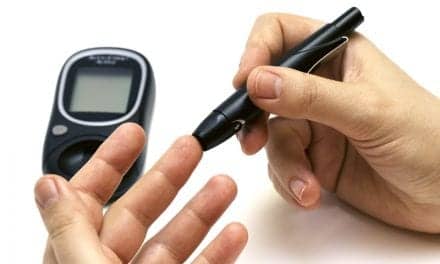The diagnostic devices and therapeutic devices segments will grow at a compound annual growth rate (CAGR) of 15% and 17%, respectively, by 2017, according to a new report.
Incessantly rising obesity and incidence of sleep apnea, increasing awareness regarding hypertension, stroke, type II diabetes/adult onset diabetes, and cardiovascular diseases and their association with sleep apnea, increased adoption and acceptance of home sleep testing devices, growing preference for oral appliances, technological advancement in diagnostic/therapeutic devices, and upcoming novel therapies are the major drivers that are slated to propel this market, while limited reimbursement, coupled with lack of patient compliance, is a pivotal factor restraining the growth of this market.
The diagnostic devices market is propelled by PSG devices, particularly clinical PSG devices. The usage of ambulatory PSG devices is slated to increase in the next few years due to observed patient preference to be tested at home for convenience reasons, patient’s inclination to skip the unfamiliar environment of sleep labs, and cost–effectiveness of these devices.
The therapeutic devices market is predominantly driven by PAP devices, as these are considered to be the first line treatment for sleep apnea and hence are most prescribed by sleep specialists. Insurance coverage for PAP devices and other supplies in developed geographies like the United States and select countries in Europe is expected to boost demand. However, noncompliance issues with PAP devices is expected to boost the growth of the oral appliances market. The accessories market was the largest in 2011, in terms of volume, as they are an integral component of sleep apnea diagnostic and therapeutic devices. With a growing sleep apnea patient pool, the demand for sleep apnea diagnostic/therapeutic devices and accessories is bound to grow, according to the report.



